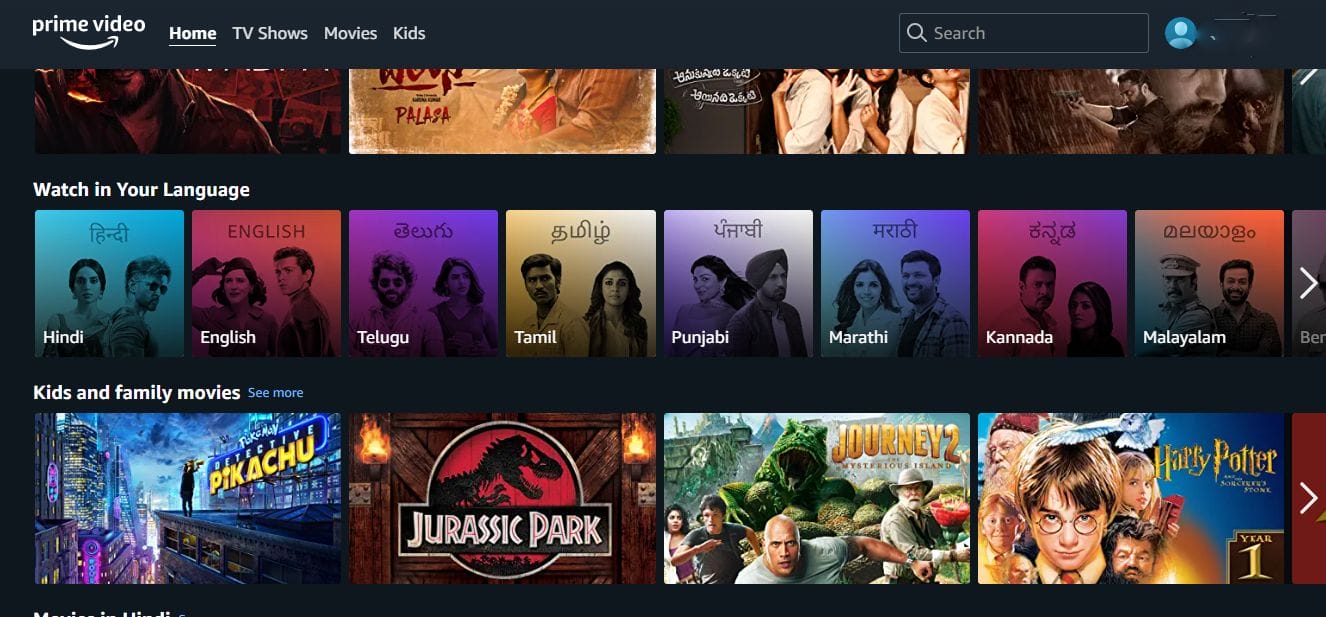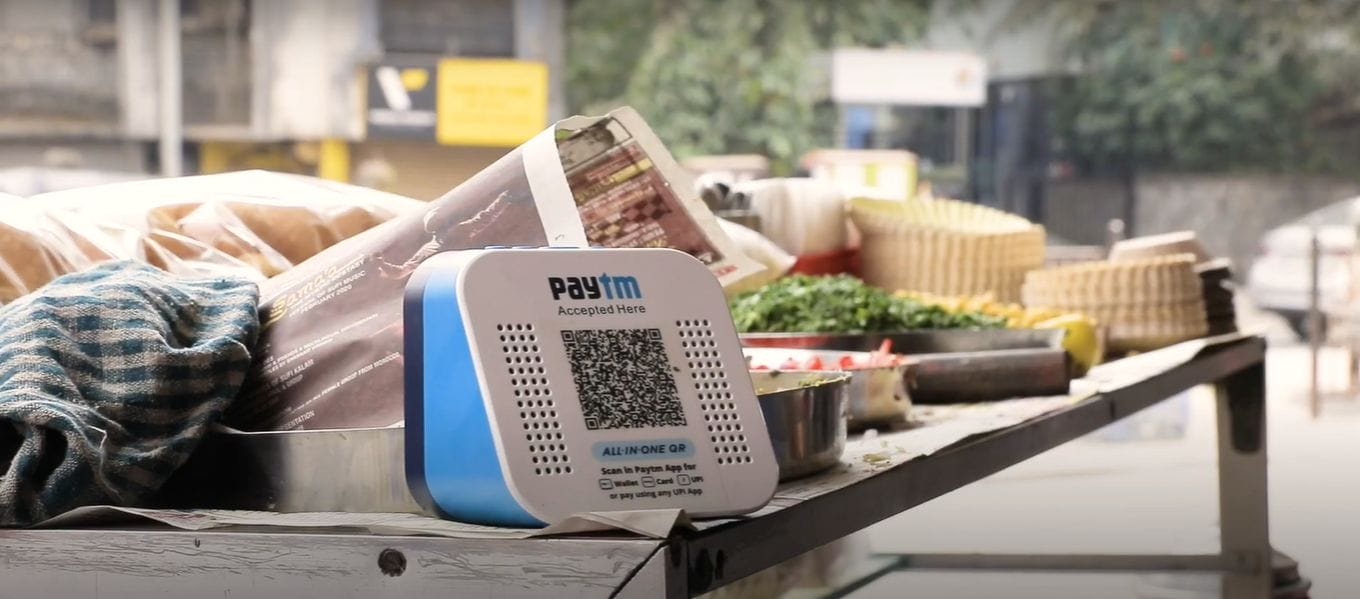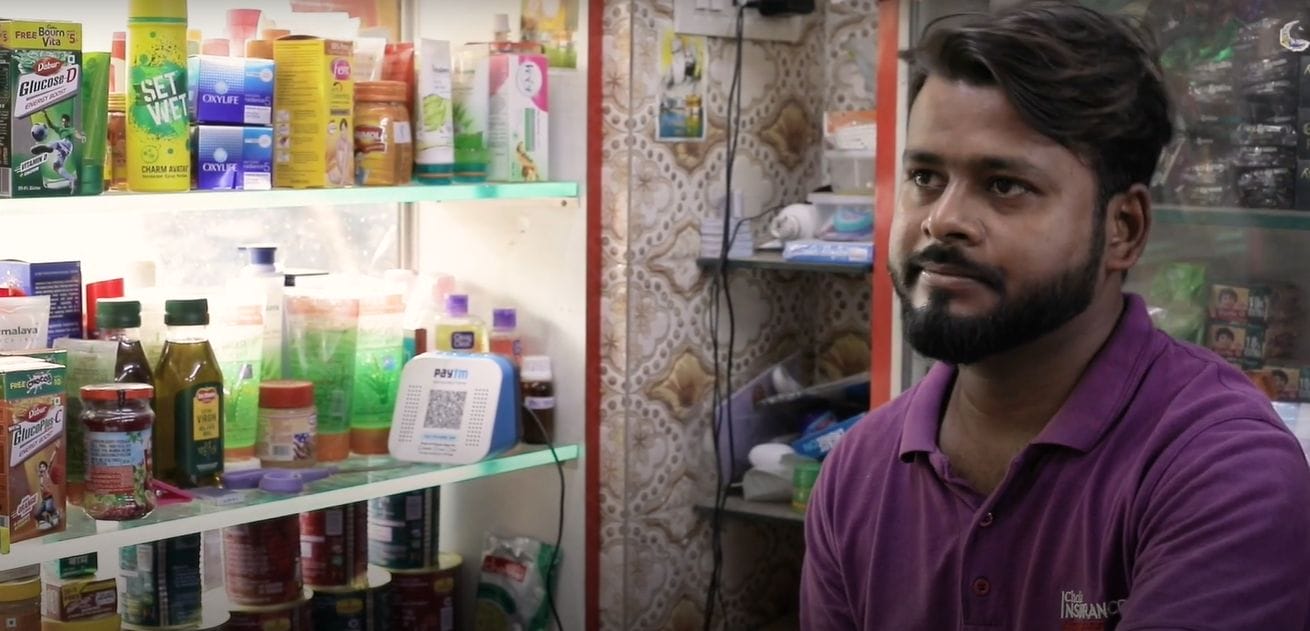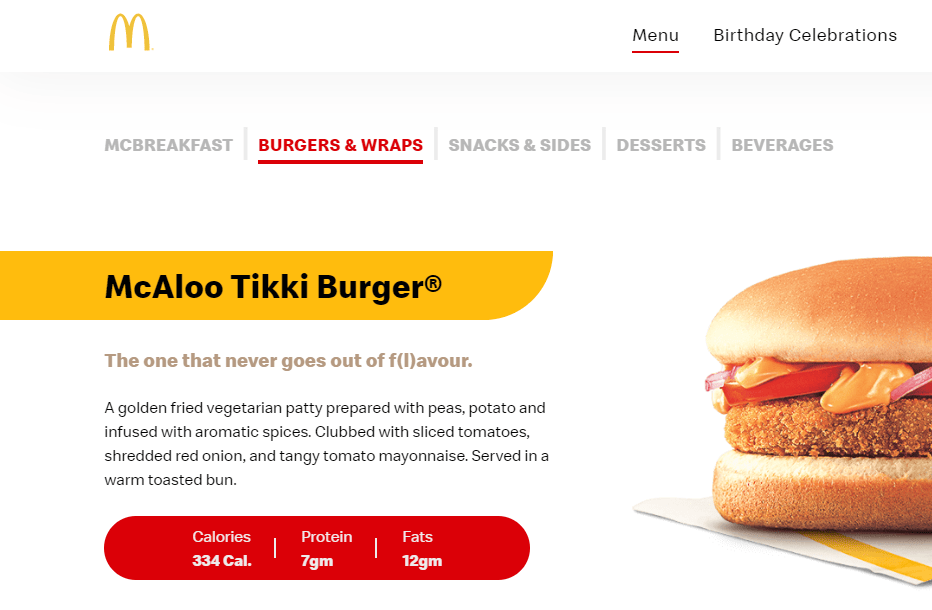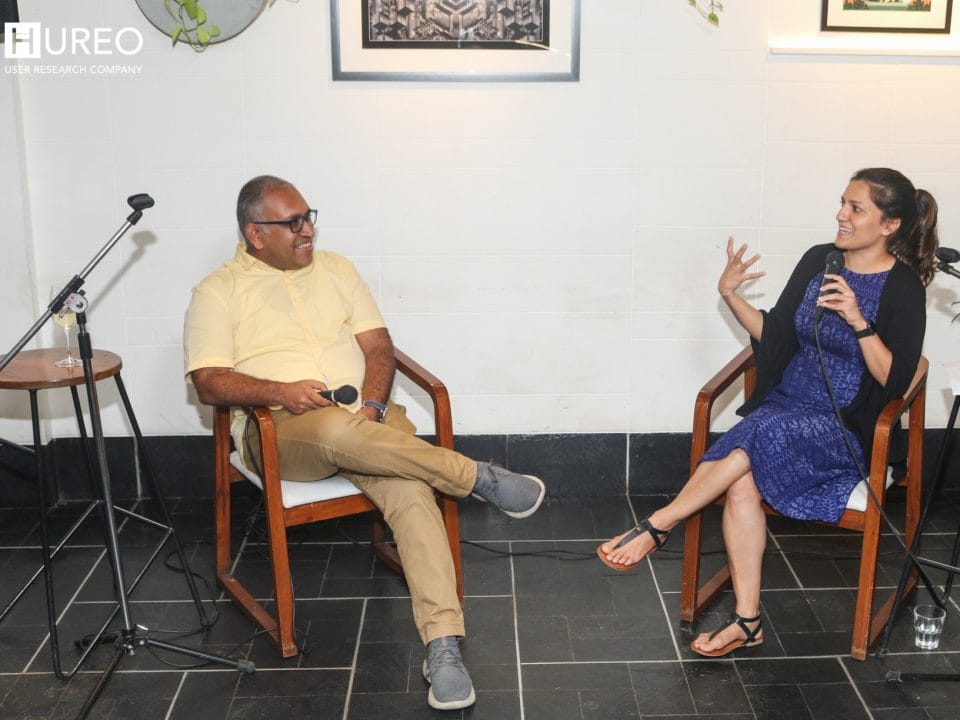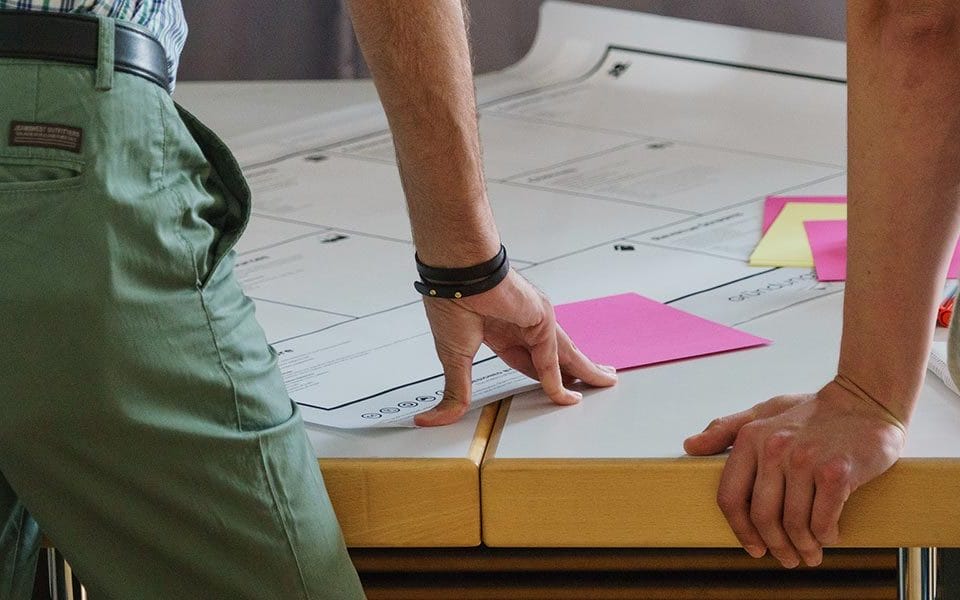
Remote qualitative research is not just possible, but effective
April 9, 2020
Product Conversations: How we’re widening the conversation on user-centric innovation
May 11, 2020Introduction:
Culture is a way of life, whereas design implies planning to develop products for ease of living. Culture and design can’t be separated and are moving collectively from ancient human civilizations to the current world. Over the past several decades, there has been a growing interest in how culture is shaping design research and the making of things. Culture includes a shared set of values, which comprises human behavior, material culture, and social conditions which encourages the designers to build products with sensitivity to people’s lived experience.
Keywords:– Product Design, Culture, Marketing, HCI, Human Behaviour, Cross Culture.
In this article, we will discuss how culture influences the design of both intangible (software) and tangible (physical) products in the prospect of Indian culture.
Cultural factors that influence design:
Languages: Language plays a significant role in the design process, language is key to reaching the masses you wish for. In a country like India with almost 22 official languages, it is very important for one to understand the diversity and the influence of the language. There are various apps like Google, Facebook, Amazon, Tiktok, PhonePe, etc. who have reached the masses by making their features available in multiple languages
Image source @Facebook & Amazon Prime
- Localization: Understanding the local terminology is very crucial in the design process. Apps like HealthifyMe came up with a feature to provide a calorie count of Indian food items. They observed that most of the other existing calories count apps on the market are lacking Indian food items. So, they started using the local terms like ‘Roti/ chapati’ instead of ‘bread’, and ‘Idli’ instead of ‘Rice cakes’ on their app. They have a complete calorie count of all Indian foods from North Indian to South Indian cuisines. This kind of localization assists the users to quickly access their needs on the app.
Image source: HealthifyMe app
- Social conditions: Understanding people’s conditions and requirements is also very important in the design process. Paytm, a payment app in India found that most of the sellers were facing difficulty in understanding the payment process as they didn’t have much expertise in using the technology, and also during the rush hours, sellers were unable to trust the confirmation manifested by the consumer. They came up with a brilliant idea of instant voice confirmation of the payment through Paytm Soundbox. This encouraged many sellers from various backgrounds such as seniors, housewives, small vendors who run stores across India to trust the payment method. These design ideas will fill the trust deficiency between the users and the app.
Image source @Paytm.
- Cultural sensitivity: In countries like India people are very sensitive and particular with their communities. Understanding this cultural sensitivity, matrimonial platforms like Shaadi.com and communitymatrimony.com sites not only have separate categories (Regional, Religion, Caste) on their sites but also have separate community matrimonial sites for their users.
Image Source: @Shaadi.com and @Kapumatrimony.com
- Practices and customs: Knowing people’s practices and customs is quite essential in designing products. For example, McDonald’s, which is one of the world’s largest fast-food chains, has more than 400+ outlets running in India. McDonald’s, famous for its hamburgers across several countries, doesn’t serve beef or pork products in India. This is because in India, Hindus don’t eat beef and they consider eating them as a grave sin. Similarly, Muslims in India don’t eat pork. So, valuing the sentiments of the majority of the people, McDonald’s India mentions on their website (mcdonaldsinindia.com), that not only is there no beef, there are no pork or their byproducts in any of their restaurants in India.“McDonald’s worldwide is well known for the high degree of respect to the local culture. McDonald’s has developed a menu, especially for India with vegetarian selections to suit Indian tastes and culture. In line with its respect for local culture, India is the first country in the world where McDonald’s does not offer any beef or pork items. “-McDonald’s India.\
Image source @MacdonaldInindia.com
From the above examples, we can see how the culture impacts the design process and brings new products into the market.
Conclusion:
As design continues to grow, it must benefit from cultural trends to bridge the developing trends in the business. It is only when design meets culture, that it reaches the point of understanding human behavior to its full potential in the world of design.


